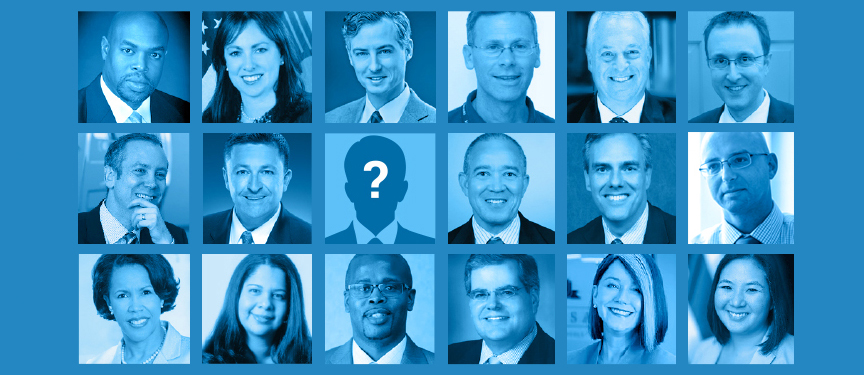
SUBSCRIBE
TO MONTHLY UPDATES
We'll send you information that
will keep you up to date on CFC

New Tool Will Help States, Districts Set and Track Learning Goals Under New Federal Law
A new web-based tool will offer far greater ease and clarity for state and district leaders seeking to set learning goals and measure progress under the sweeping Every Student Succeeds Act.
The tool, called the Student Growth Simulator, was developed by Chiefs for Change, researchers at the Johns Hopkins School of Education, and Tembo, an education technology firm.
“Education leaders agree on the vital importance of setting clear goals for student learning, and paying close attention to progress, but tools haven’t kept up with the task,” said Mike Magee, CEO of Chiefs for Change. “Our Chiefs have found that the Student Growth Simulator really helps in the effort to set goals that will improve outcomes and close gaps. We are glad to make it publicly available for the benefit of all education leaders planning for implementation of the new education law.”
The Every Student Succeeds Act (ESSA) passed in December 2015, replacing the No Child Left Behind Act. It requires that every state establish in their educational policies ambitious long-term goals and measurements of interim progress for academic achievement, graduation rates, and English-language proficiency. Goals must be set for all students and for each subgroup of students, so that the lowest-performing subgroups make the greatest progress.
“ESSA provides states with new opportunities to set their own educational vision and student-performance goals,” said David Steiner, executive director of the Johns Hopkins Institute for Education Policy. “At the same time, the Act imposes multiple reporting requirements on states. We wanted to be part of making that work easier and more effective.”
Part of the new law’s requirements is annual accountability systems, including state assessments in math, English language arts, and science, reporting of student progress and achievement, and identification of low-performing schools and subgroups for intervention and support.
“The goal-setting tool from Chiefs for Change and its partners has been an incredibly helpful resource as we model ambitious goals for all students and subgroups in DC. Setting meaningful targets for students is an important part of our accountability framework under ESSA,” said Hanseul Kang, DC State Superintendent of Education.
The development of the tool resulted from discussions between Chiefs for Change, a coalition of state and district education leaders, and Johns Hopkins University on how states should consider growth and achievement each year and integrate growth with their interim and long-term academic forecasts.
“The tool is designed to simplify the goal-setting process,” said David Stewart, founder and CEO of Tembo, “requiring only the input of currently available performance and population data to model potential academic achievement targets for any state-selected measure over any future period.”
For questions about how to use this tool in your state or district context, contact: Margie Yeager, Chiefs for Change, at myeager@chiefsforchange.org. For technical assistance with the tool, contact: Tyler Coon, Tembo, tyler.coon@temboinc.com.